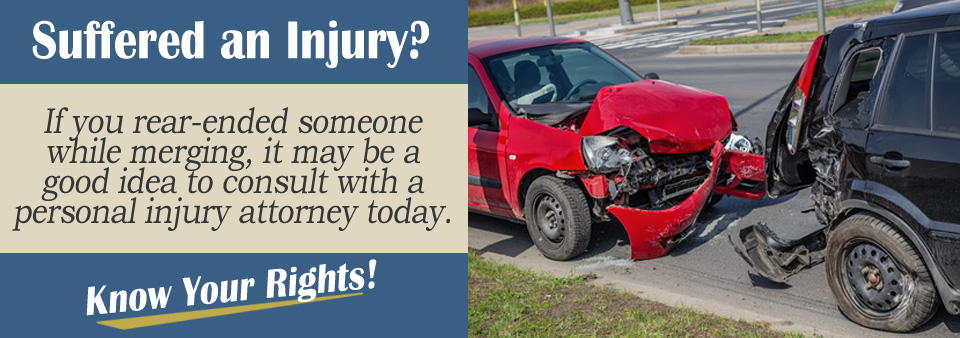If you rear-ended someone while you were merging, you were most likely at fault for the resulting crash. There could be some extreme situations where you are not considered to be to blame. As an example, if a car suddenly switched lanes without signaling or if a car suddenly slows down and its brake lights are not working. Otherwise, you need to maintain a safe distance and safe speed, so you can properly maneuver in between vehicles and avoid a crash.
Rear-end collisions can be costly because they can result in serious damages, so the other driver will most likely pursue a personal injury claim against you. However, if you are in a state that uses comparative negligence, both drivers might be considered at fault. In that case, damages are reduced by that driver’s percentage of fault for the crash.
Damages That Might Result from A Rear-End Collision
There are several damages that might result from a rear-end collision. First and foremost, there will be property damage. Your vehicle will suffer front-end damage while the other vehicle will suffer rear-end damage. Because of the whip-like motion of a rear-end collision, the occupants of both vehicles are likely to suffer neck and back injuries.
These injuries will lead to past and future medical expenses, future and past lost wages, pain and suffering, mental trauma, loss of consortium, loss of enjoyment of life, and possibly other damages. These damages can be proven by using an accident report, photos of the damages and injuries, medical records, medical bills, proof of missed work and lost wages, and eyewitness statements.
How Negligence Comes Into Play
If negligence can be proven, then there is a successful personal injury claim. There are four elements to negligence. So, this is how the process would go with this scenario.
First, you have a duty or a responsibility as a driver to act in a particular manner to avoid crashes and to protect others from harm. When you followed too closely or failed to stop in time and hit the other vehicle, you breached that duty. Then, that breach resulted in an accident. That accident that resulted led to damages that the other driver can prove. By showing all that, the other driver has built a strong personal injury claim that will go in his or her favor.

Safety Tips for Merging
When you are merging, always check more than once before entering traffic. You must make sure there is sufficient room to get between vehicles. Also, you need to accurately judge the speed of the other cars.
You will also have to signal so the other drivers will know that you are entering that lane of traffic. If you fail to do any of these things, an accident can result. Also, when you merge, you don’t want to accelerate too quickly. Getting too fast too soon can cause a rear-end collision.
Consult With A Personal Injury Attorney
If you have been involved in an accident where you rear-ended a vehicle while merging, you should consult with a personal injury attorney. Complete the Free Case Evaluation Form on this page so your case can be reviewed at no charge!